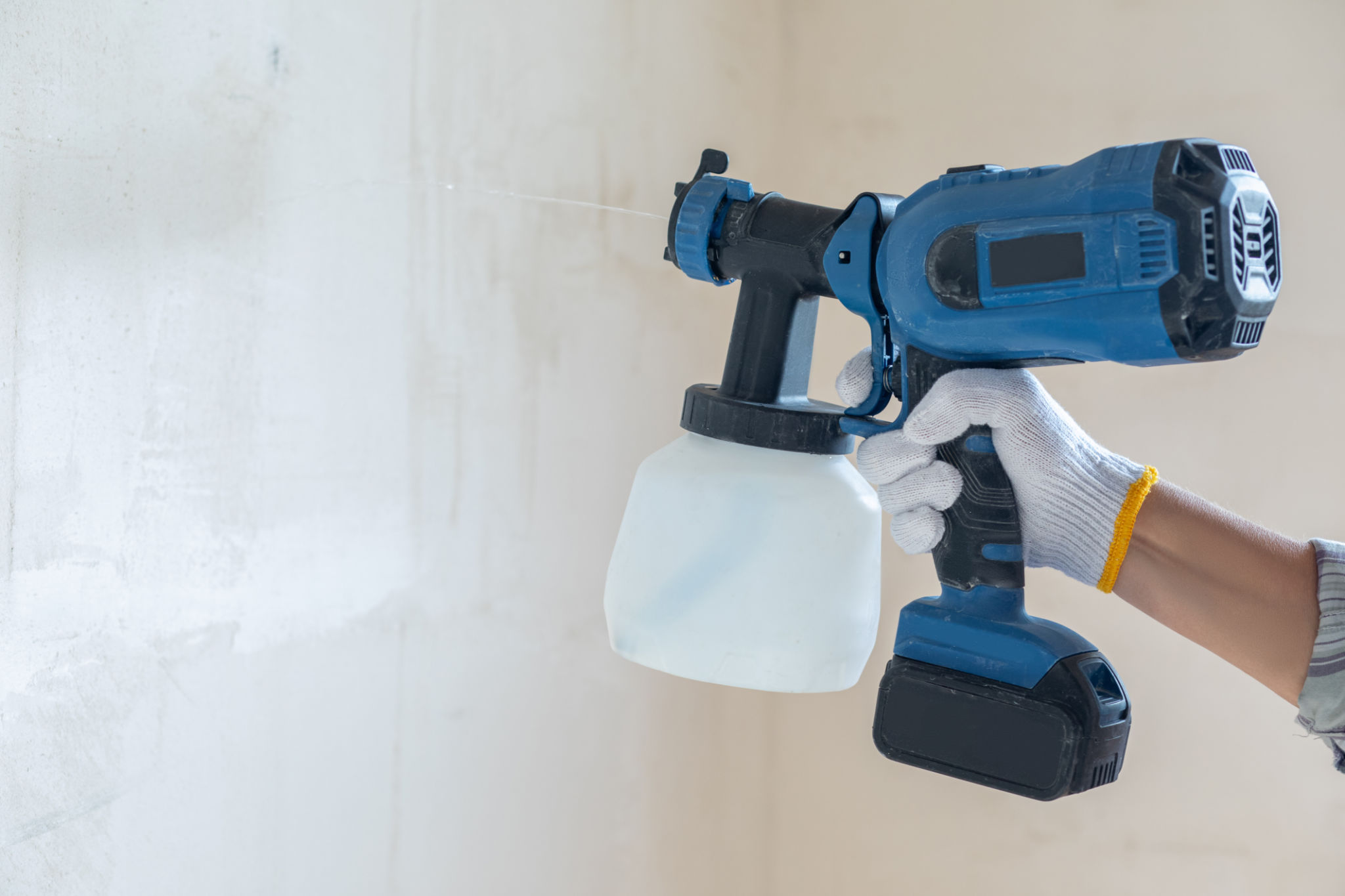Common Painting Mistakes and How to Avoid Them
Introduction
Painting a room or a piece of furniture can be a rewarding DIY project, but it often comes with its fair share of challenges. Many people make common mistakes that can lead to unsatisfactory results or require time-consuming corrections. In this guide, we’ll explore some of these common painting mistakes and provide tips on how to avoid them.
Skipping Surface Preparation
One of the most frequent errors is neglecting proper surface preparation. Painting over a dirty or uneven surface can lead to peeling and uneven paint layers. It's crucial to clean the surface thoroughly and repair any imperfections before you begin painting.
Start by washing walls with soap and water to remove dirt and grease. For surfaces with cracks or holes, use a filler to create a smooth base. Sanding the surface lightly will also help the paint adhere better, providing a more professional finish.

Using Low-Quality Tools
Investing in high-quality brushes and rollers can make a significant difference in your painting project. Cheap tools often shed bristles and leave streaks, which can ruin the appearance of your paint job. Choose the right brush for the type of paint you’re using; for example, natural bristle brushes are ideal for oil-based paints, while synthetic brushes work best with water-based paints.
Also, ensure your rollers are appropriate for the surface texture. A short nap roller is suitable for smooth surfaces, while a thicker nap is necessary for textured walls.
Overlooking Primer
Skipping the primer is a mistake that can lead to poor color coverage and uneven finishes. Primer serves as a foundation for your paint, ensuring better adhesion and enhancing the color's vibrancy. It’s especially important when transitioning from dark to light colors or painting over stained or glossy surfaces.

Always choose a primer suited to your surface and paint type. Some modern paints come with primer mixed in, but a separate primer application might still be necessary for challenging surfaces.
Ignoring Weather Conditions
Weather can play a significant role in how your paint dries and adheres. Painting on extremely humid or cold days can lead to longer drying times and poor adhesion. Aim to paint when conditions are dry and temperatures are moderate for the best results.
If you must paint in less-than-ideal conditions, consider using paint formulated for those specific circumstances. It may cost more, but it can prevent costly corrections later on.
Applying Thick Coats
A common misconception is that applying a thick coat of paint will save time. In reality, thick coats are more prone to drips and uneven drying. It's better to apply multiple thin layers, allowing each to dry fully before applying the next.

This technique not only provides better coverage but also prevents unsightly drips and ensures a more durable finish. Patience is key in achieving the perfect paint job.
Conclusion
Avoiding these common painting mistakes can transform your DIY project from frustrating to fulfilling. By preparing surfaces properly, using quality tools, and applying paint correctly, you can achieve professional-looking results. Remember, the effort you put into preparation and execution will reflect in the final appearance of your painted surfaces.